As we prepared to begin a judging exercise at this month’s Bay Island Bonsai meeting, Morten asked a good question. It was something to the effect of, “Is the highest scoring tree the most valuable tree?” I knew the two were closely related, but had to think for a moment before coming to a conclusion. The trees to be judged included three shimpaku, an azalea, and a stewartia.
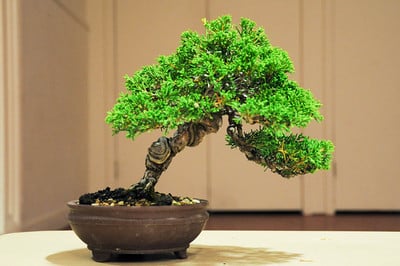
Tree 1 – shimpaku
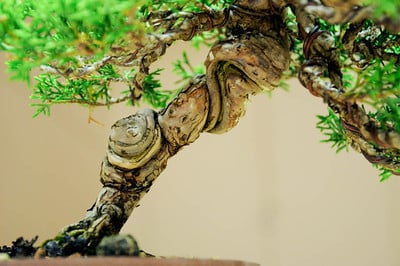
Tree 1 – trunk detail
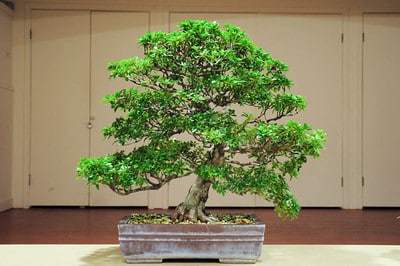
Tree 2 – azalea
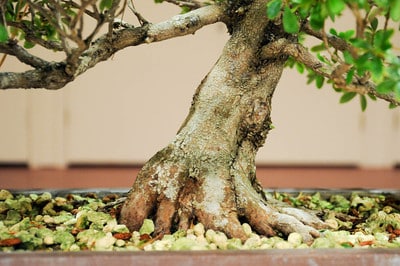
Tree 2 – trunk detail
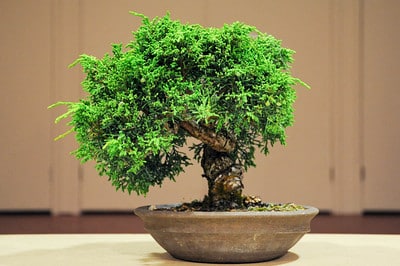
Tree 3 – shimpaku
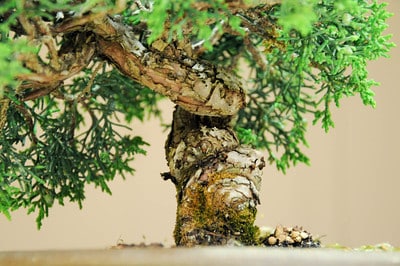
Tree 3 – trunk detail
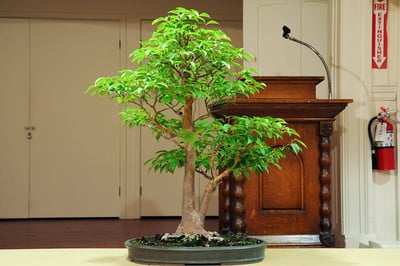
Tree 4 – stewartia
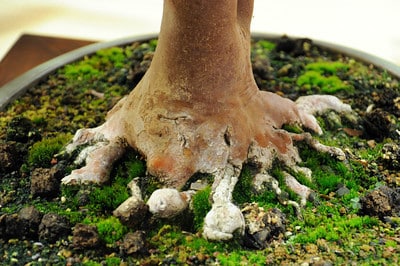
Tree 4 – root detail
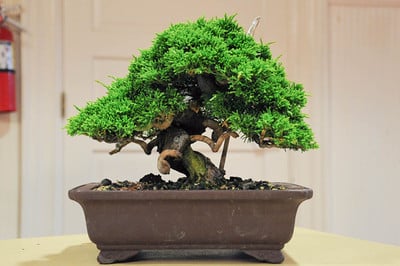
Tree 5 – shimpaku
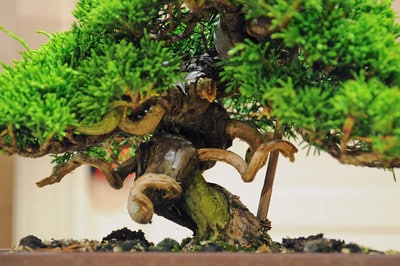
Tree 5 – trunk detail
The BIB judging categories include (see “Evaluating Bonsai at BIB Meeting” for details): trunk (1-10); branches (1-5); rootage (1-5); pot selection (1-5); aesthetics (1-5). After members completed their judging forms, we reviewed our scores together. The sums of the scores were 25, 22, 18, 16, and 15. Can you guess which trees earned which scores?
These scores, it turns out, were a pretty good indicator of the relative worth of these trees. What the scores don’t account for is potential. If a great tree has rangy branches and an inappropriate pot, it will score poorly. That may, in some cases, indicate a good buying opportunity. I reflected, at this point, about my own criteria for buying bonsai. I typically ask two questions of the trees I consider buying:
How good is the trunk?
Can I fix the defects?
Healthy trees with great branches and great roots, even when potted in great pots, aren’t worth much if the trunk lacks age, character, and beauty. These are hard characteristics to fix, and hard characteristics to fake.
After the judging exercise, we set up sample bonsai displays. We had trouble finding the perfect stand for the pine below. In character, the slab on which the pine sits is a great match, but it’s thickness was a bit much for some members.
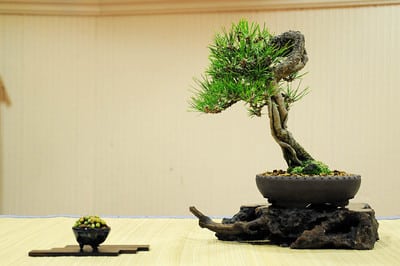
Shohin black pine
We tried pairing the pine with a star magnolia.
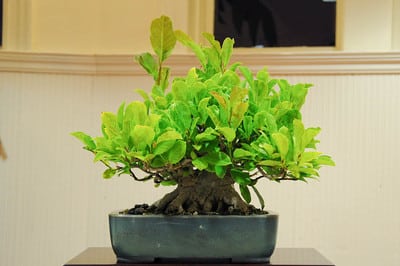
Star magnolia
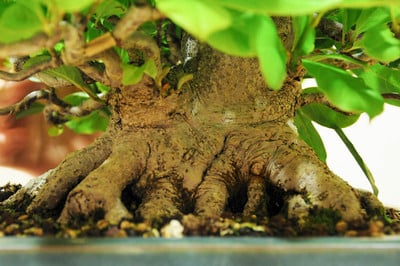
Star magnolia – trunk detail
The magnolia is very full this time of year – so much so that it took a while for us to figure out which side was the front. That the rootbase was so good from both front and back is a clue that the mighty magnolia will look great when it loses its leaves this winter.
Subscribe to Bonsai Tonight
New Posts Delivered Every Tuesday and Friday
a2khalid says
Is the order of scores (starting from high) Tree #4, #5, #2, #3, #1?
The last two are just a guess… they were very close in my books.
Bruce says
Off the top of my head, # 4 takes the cake, except for the pot. Best trunk? #5
Trinity River says
My fave is number 5
LeeBee says
I like 4, 2, 5, 3, 1 this is pretty much the order of trees I would like to buy.
xwires says
Here are the roughly agreed upon scores from the meeting.
Tree #4: 25
Tree #5: 22
Tree #1: 18
Tree #2: 16
Tree #3: 15
Some lessons from the scores: Tree #4, the stewartia, is in exhibit shape and therefore scored very well. Tree #5 received identical marks save for pot and aesthetics. Repotting tree #5 and preparing it for exhibit would make it score very close to tree #4.
The main reason tree #1 scored better than tree #3 is because the branches are in better shape.
Points, in this exercise, reflect both bonsai quality and exhibit readiness.